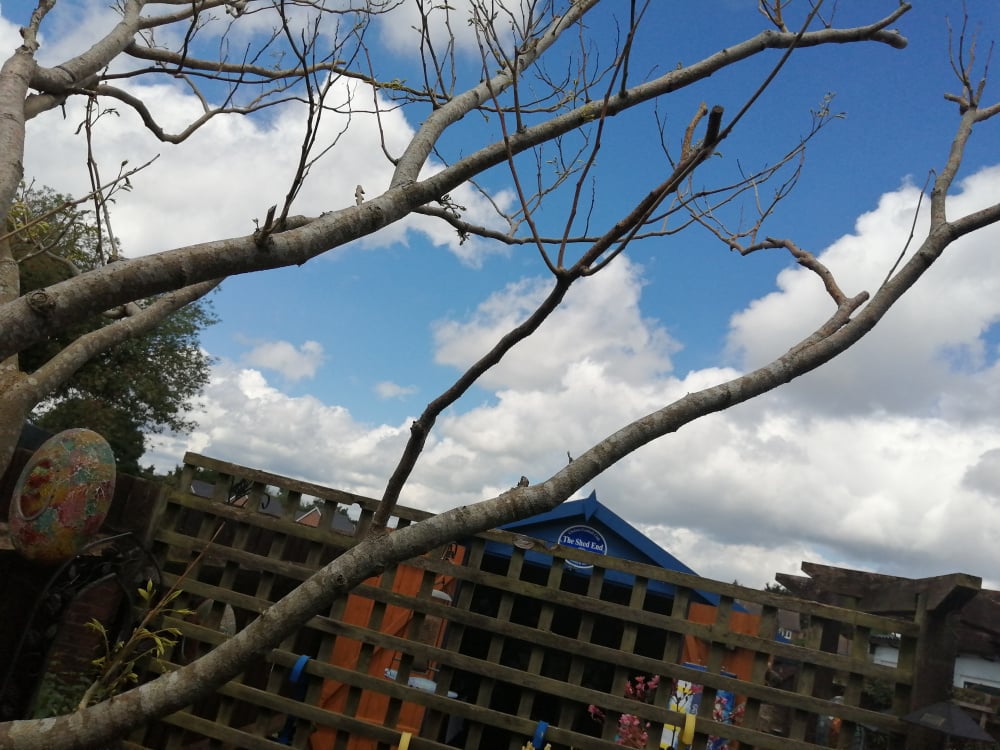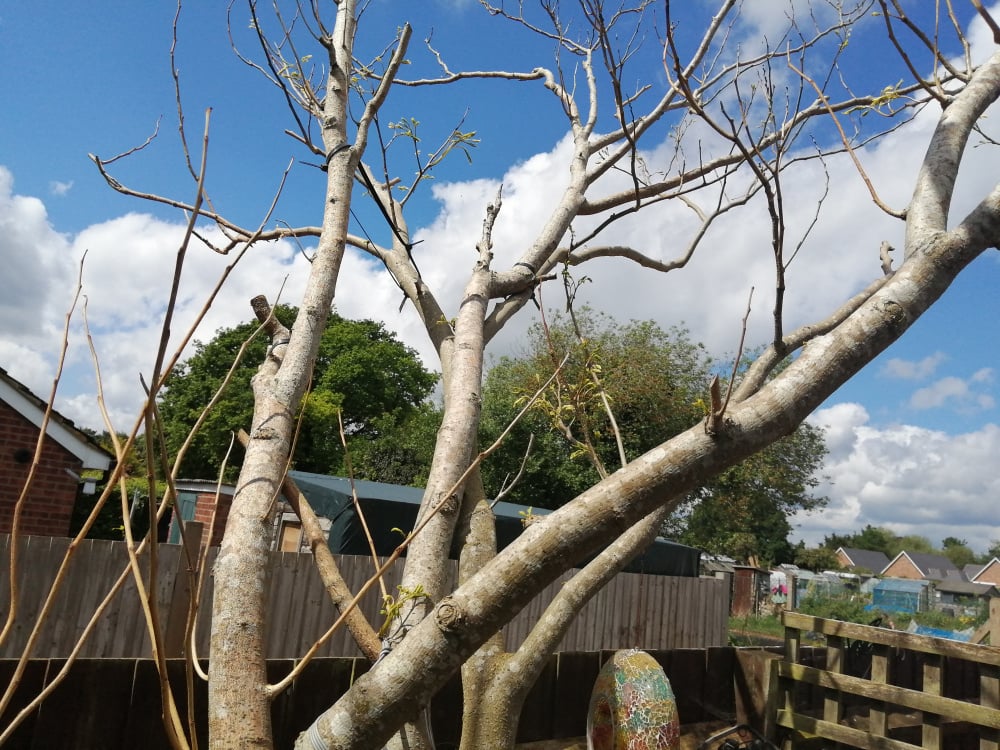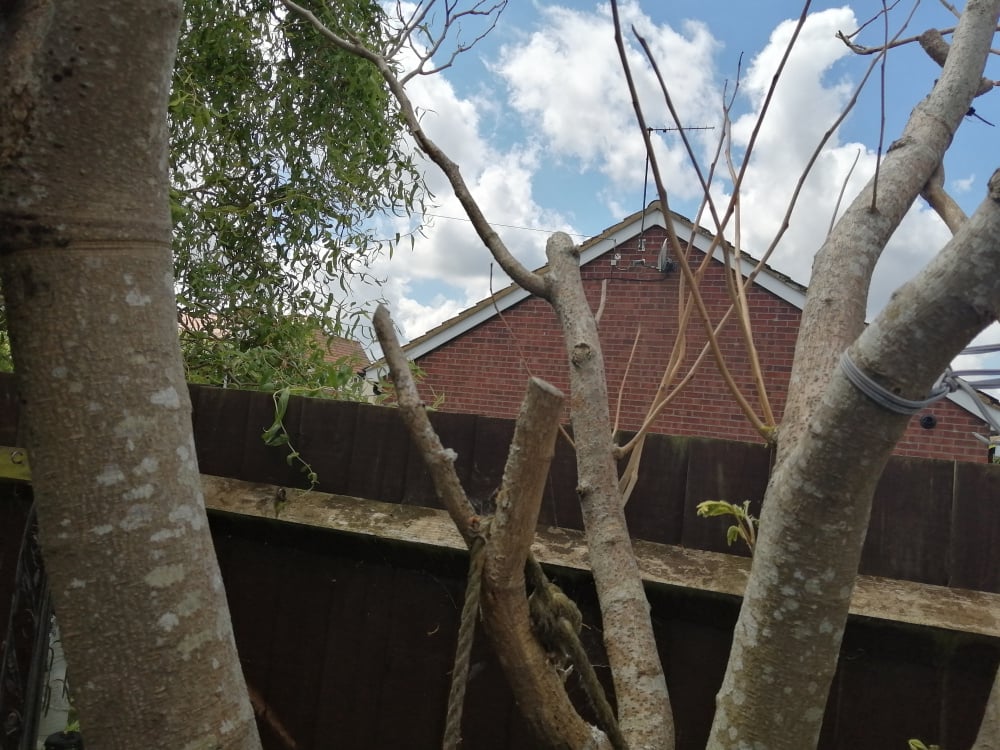This Forum will close on Wednesday 27 March, 2024. Please refer to the announcement on the Discussions page for further detail.
Persian Silk Tree
Hi all. I have a beautiful Persian Silk tree, ( Albizia julibrissin), in my garden. I planted this tree almost 15 years ago when it was around 3ft tall. Since then it has flourished and is now over 20ft tall. Over the years it has had an amazing show of bright red silky flowers in the summer. The foliage is beautiful, and the leaves close up at night. However, in recent years I have noticed a decline in it's growth. The main problem is that around the beginning of May the tree should start to bud all over, but the tree has complete branch systems that show no sign of life at all. Not just small branches, but main branches that only last year were budded all the way up to the top. Usually this tree doesn't require any pruning, but at the moment there are some branches that have lots of new growth and others that have none. I'm not sure what's going on. Does anyone have any idea what the problem could be, or even if it's a problem at all. I don't want to start pruning large branches just in case I'm being a bit premature. Any help would be much appreciated.
Thanks, Steve.


Thanks, Steve.



0
Posts
Another possibility is if the ground deep underneath is compacted or rocky, it can just stop growing as the roots have nowhere else to go. The bigger the tree the bigger the root system needed to support top growth.
We waited till autumn to clear all the rubble beneath it and remove dead stems as well as lift the crown. We found the soil below very compacted and poor so on went loads of compost for the rains and worms to work in over winter. We lifted the crown and planted spring bulbs and some perennials that cope with dry conditions.
It's doing fine now so maybe you could do something similar and prune out all the dead stuff then give it a mulch after a good rainfall so you don't lock in dryness. Ours is planted on a base of volcanic schist which is very hard.
The only disease I think it is likely to get is verticillium wilt which has occurred in specimens grown in the USA tho it doesn't yet feature on the RHS list of susceptible plants. Make sure when you prune any dead branches that you use clean, sharp tools and clean them again immediately afterwards, just in case. This article on the RHS website tells you how to identify if VW is the problem - https://www.rhs.org.uk/disease/verticillium-wilt